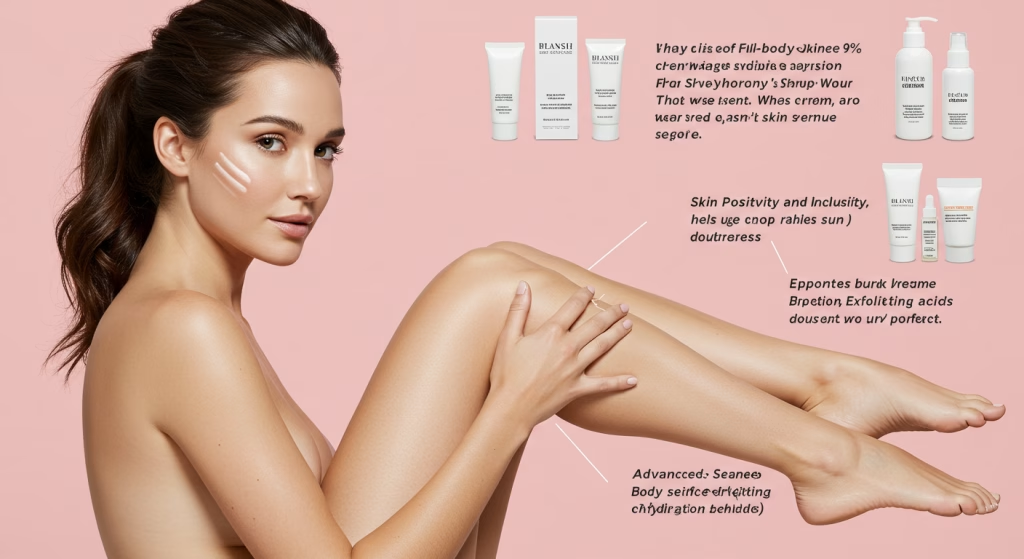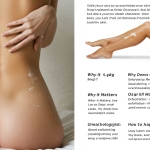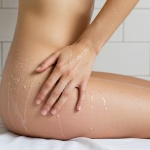In the world of skincare, the spotlight has traditionally shined brightest on the face. Cleansers, serums, exfoliants, toners—the facial skincare industry is worth billions, and for good reason. But in recent years, there’s been a noticeable shift: the rise of full-body skincare.
Thank you for reading this post, don't forget to subscribe!From luxury body serums to SPF for your legs, consumers and dermatologists alike are embracing the idea that body care isn’t just a luxury—it’s a necessity. And it’s about time.
In this article, we’ll explore why full-body skincare is the new trend, what’s driving its popularity, and how you can build an effective routine that nourishes your skin from head to toe.
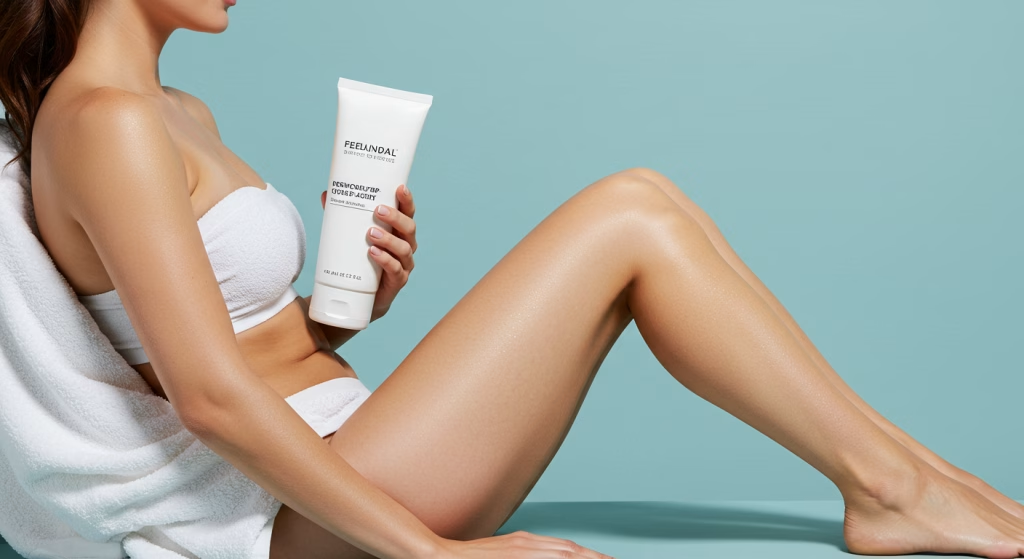
Why the Face-Only Approach Is No Longer Enough
Your face makes up only about 9% of your total skin surface. That means 91% of your skin has often been neglected in traditional skincare routines. But your body is just as exposed to environmental aggressors—sun, pollution, friction, dry air—and just as susceptible to aging, pigmentation, and dehydration.
Dermatologists emphasize that body skin:
- Ages similarly to facial skin
- Can show signs of neglect sooner (hello, crepey arms and sun-damaged shoulders)
- Responds well to consistent care, just like your face does
With this growing awareness, consumers are realizing the benefits of a more comprehensive skincare approach.
The Rise of Full-Body Skincare: What’s Driving the Trend?
Several cultural and scientific shifts have contributed to the rise in popularity of full-body skincare.
1. Wellness Culture
The growing emphasis on holistic health and self-care means people are treating skincare as part of their mental and physical wellness routine, not just a cosmetic concern.
2. Skin Positivity and Inclusivity
Movements promoting skin positivity and body acceptance have encouraged people to embrace their skin in all forms—and care for it lovingly, not just when it’s exposed or “perfect.”
3. Advanced Body-Specific Products
Brands have responded to demand with body-focused innovations: body retinols, brightening creams, body-specific exfoliating acids, and masks once reserved for the face.
4. Social Media and Influencers
Instagram and TikTok have highlighted beauty influencers and dermatologists showing their full-body care routines, making it aspirational and attainable for everyday users.
Key Differences Between Facial and Body Skin
To treat your body right, it helps to understand how it differs from facial skin:
- Thicker skin barrier: The body’s skin is generally more resilient and thicker than facial skin, especially on areas like the back or thighs.
- Fewer oil glands: Which makes it more prone to dryness, particularly on the arms and legs.
- Larger pores: On the back and chest, making those areas more vulnerable to acne or clogged pores.
- Less frequent care: Most people don’t exfoliate or moisturize their bodies regularly, leading to dullness and uneven tone.
Understanding these differences allows you to tailor your routine for better results.
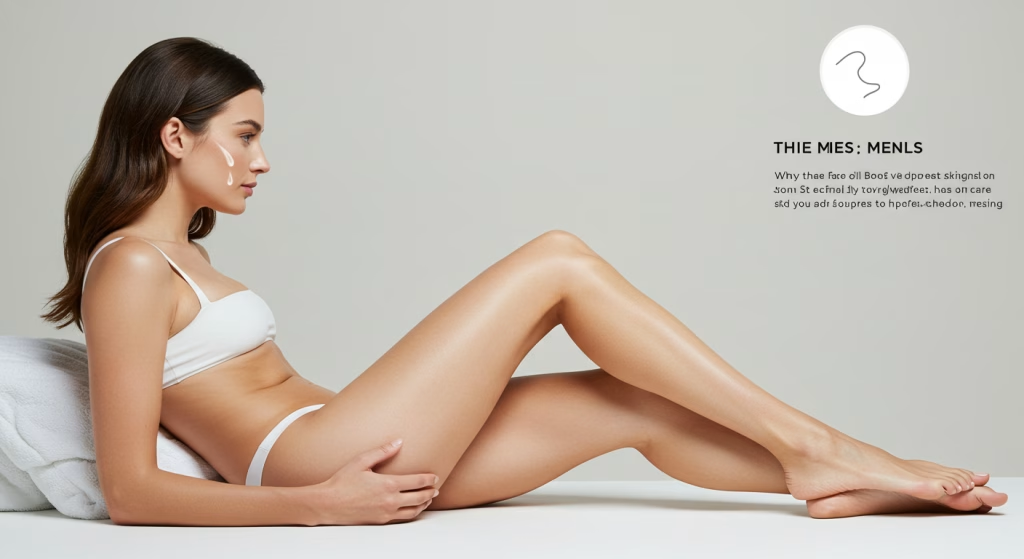
The Full-Body Skincare Routine: Step-by-Step
Let’s break down a dermatologist-approved body care routine designed to restore radiance, softness, and overall skin health.
1. Cleanse the Right Way
Why it matters: Over-cleansing or using the wrong body wash can strip your skin’s natural oils.
Dermatologist tip:
Use a gentle, pH-balanced body cleanser. Look for:
- Ceramides to protect the skin barrier
- Glycerin for hydration
- Fragrance-free formulas if you have sensitive skin
Limit hot water exposure and opt for lukewarm showers.
2. Exfoliate—More Than Just Your Face
Why it matters: Dead skin cells pile up on the body just like they do on the face, leading to dullness, rough patches, and clogged pores.
Dermatologist tip:
Exfoliate 1–2 times per week using:
- Chemical exfoliants like AHAs (for dryness and dullness) and BHAs (for acne-prone areas)
- Physical scrubs with gentle, round beads—not harsh, jagged grains
Use exfoliation on rough areas like elbows, knees, and backs of arms (great for keratosis pilaris).

3. Moisturize While Skin Is Damp
Why it matters: Moisturizers work best when applied immediately after bathing, trapping in hydration.
Dermatologist tip:
Look for body creams and lotions that include:
- Hyaluronic acid (hydrates)
- Shea butter or cocoa butter (nourishes)
- Ceramides (repair the skin barrier)
- Urea or lactic acid (gentle exfoliation for very dry skin)
For extra-dry areas like feet and elbows, consider overnight treatments with occlusive ointments.
4. Treat Body Acne and Texture
Why it matters: Back and chest acne (“bacne”) is common but treatable.
Dermatologist tip:
Use body washes with salicylic acid or benzoyl peroxide for breakout-prone areas. Combine with:
- Loose-fitting, breathable clothing
- Quick showers after workouts
- Non-comedogenic body lotions
Consider body serums with niacinamide or azelaic acid to reduce inflammation and improve tone.
5. Brighten and Even Skin Tone
Why it matters: Just like your face, your body can develop hyperpigmentation, dark spots, and sun damage.
Dermatologist tip:
Use body treatments with ingredients like:
- Vitamin C
- Niacinamide
- Licorice root extract
- Alpha arbutin
Apply these to areas with uneven tone (chest, underarms, knees, elbows) for gradual brightening.

6. Apply Sunscreen to All Exposed Areas
Why it matters: UV damage is the top cause of premature aging and uneven tone—and it doesn’t stop at your face.
Dermatologist tip:
Use broad-spectrum SPF 30 or higher on:
- Neck
- Chest
- Arms
- Legs (especially if wearing shorts or skirts)
- Hands and feet
Choose non-greasy, quick-absorbing formulas to make daily application easier.
7. Incorporate Nighttime Body Treatments
Why it matters: Skin regenerates while you sleep, and overnight products can work deeply without interruption.
Dermatologist tip:
Try:
- Body retinols for texture and aging (start with low concentrations)
- Body masks with hydrating or clarifying ingredients
- Heavy-duty moisturizers or oils for overnight hydration
Cover treated areas with long cotton pajamas to lock in moisture and protect your sheets.
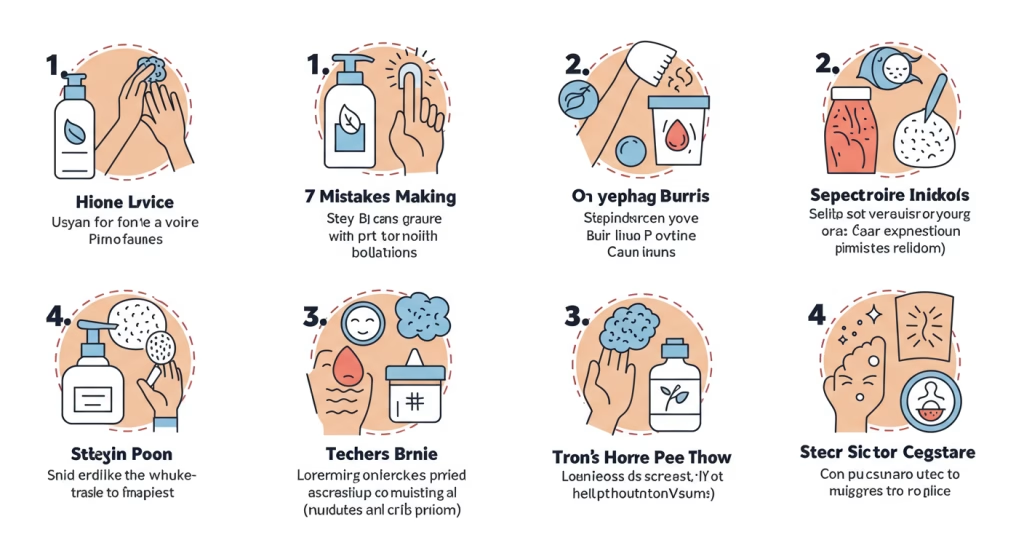
Common Skin Concerns Full-Body Skincare Helps With
- Keratosis pilaris: Rough bumps on arms or thighs; improved by exfoliation and moisturizers with urea or lactic acid
- Stretch marks: Can be minimized with regular use of retinol or peptides
- Crepey skin: Improved with hydration, SPF, and gentle exfoliation
- Hyperpigmentation: Treat with brightening serums and sun protection
- Body acne: Controlled with salicylic acid and consistent cleansing
The Mental Health Side of Full-Body Skincare
Skincare is more than surface-level. The act of caring for your entire body is a powerful ritual that promotes:
- Body acceptance
- Confidence
- Stress relief
- A sense of control and grounding
In an era where self-care equals health care, taking time to nurture your body is a quiet but powerful rebellion against stress, burnout, and self-neglect.
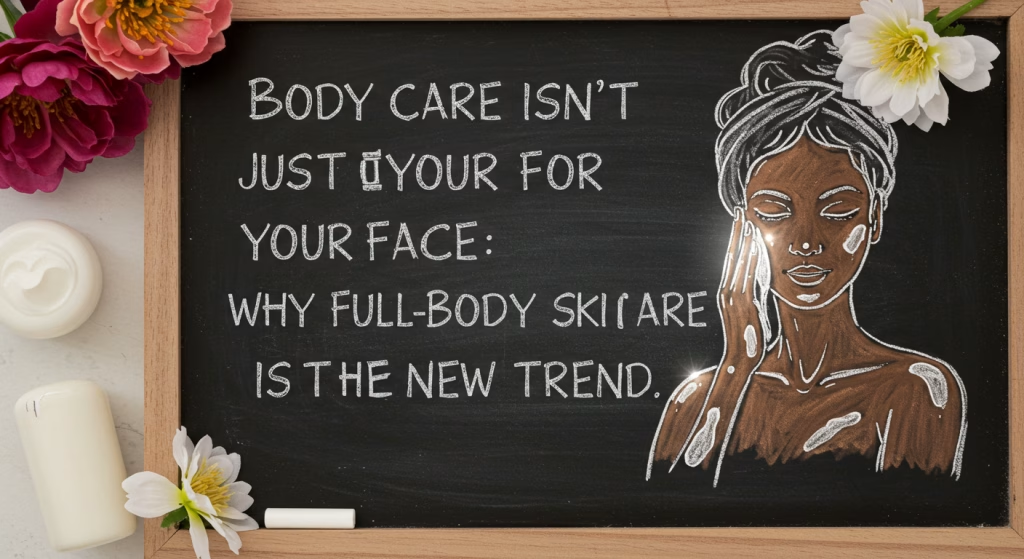
Conclusion: Skincare Shouldn’t Stop at Your Chin
The trend toward full-body skincare is more than just a beauty movement—it’s a reflection of a broader shift toward self-respect, health, and confidence. With the right products and a little consistency, your body can enjoy the same glow you seek for your face.
So next time you layer your favorite face serum, take a moment to extend that love—literally—from head to toe. Your skin will thank you.
